Waist-deep in snow, Natascha Birnböck and her boyfriend Christian waded through what nature had dumped upon them overnight. “We have to keep going, we don’t have enough food to stop now”, Natascha reminded him. Continuing to relentlessly batter them from all directions, they wondered if the snow storm would ever end. This was the third storm they had experienced and there would be no respite from the cold, damp weather.
“The highs and lows on the Great Divide Trail (GDT) are intense”, Natascha tells us, “but completing it felt like the greatest accomplishment ever.” Waking up at 6:30am, after having packed up her camping equipment and enjoying a quick breakfast, Natascha set off through the Rocky Mountains. Covering between 25 and 30 kilometres a day, luscious green valley’s gave way to snow-covered mountaintops as she wound from Waterton National Park on the US border all the way through Alberta up to Kakwa Provincial Park in British Columbia.
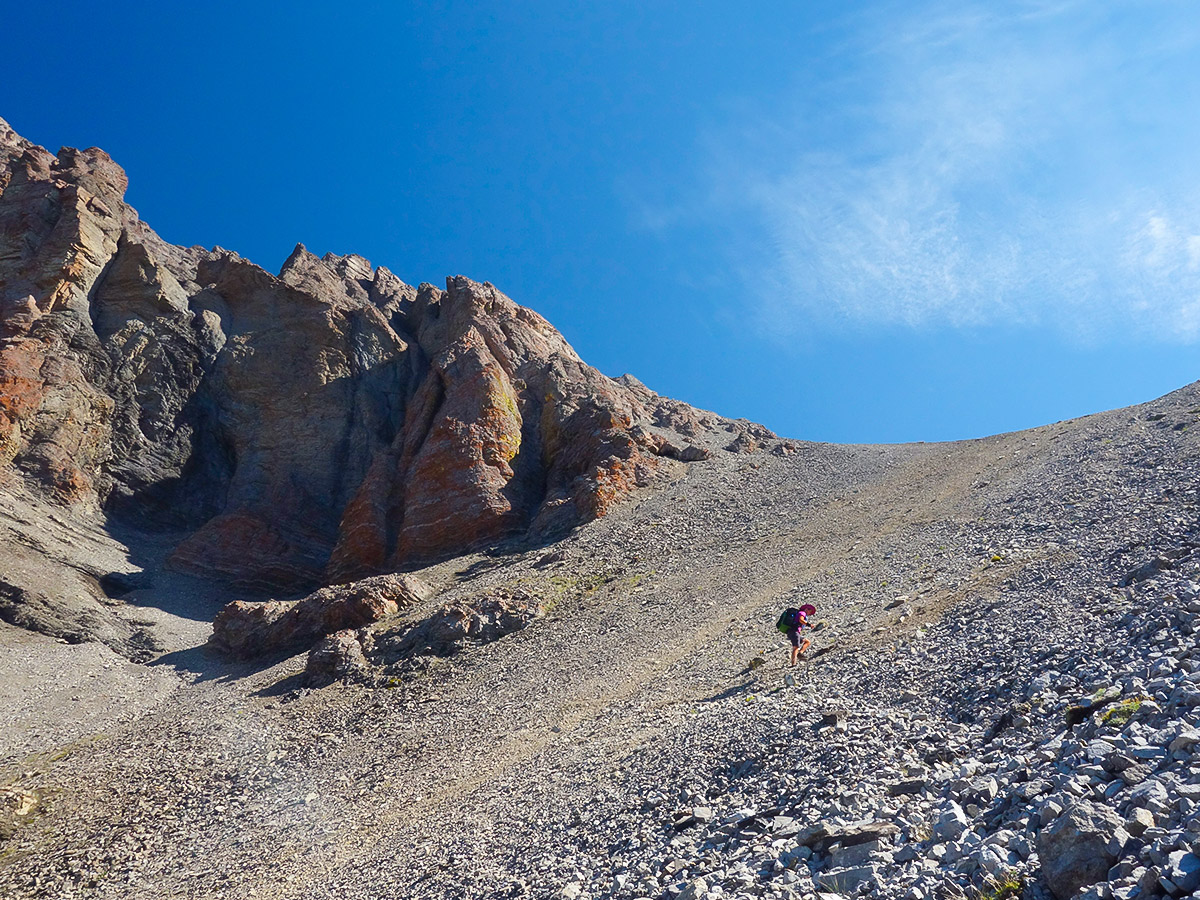
The Great Divide Trail (GDT)
Planning for the GDT is no easy feat but thankfully, the internet is there to help you every step of the way. Natascha admits that it is easy to get overwhelmed by all the information available online. However, different blogs allowed her to determine what equipment to take, prioritising items that were both lightweight and versatile. She also used the app Guthook to assist with navigation and consulted the GDTA website for navigational purposes as they provide free maps and lots of information about the resupply stations en route.
Overall, Natascha’s pack was 8kg at its base weight. However, some sections required up to 12 days of food and with water on top, it ended up being between 16-21kg. One important lesson learned concerned water supply. Though setting off with a Sawyer filter, she found that once the water had frozen, it was very hard to filter and so she swapped to chlorine tablets by necessity half way through the 50-day hike.
Modestly, Natascha states that the GDT is not solely reserved for hardcore hikers: “Anyone who is in normal shape can absolutely cover 30km a day. It can be hard at first but if you take it slowly, you will get used to it quickly. Just listen to your own body,” she stresses. “If your hiking pace and distances match somebody else’s, that’s great! If not, consider hiking separately otherwise you can damage your own body and may have to give up.” Ultimately: push your limits, don’t break them.
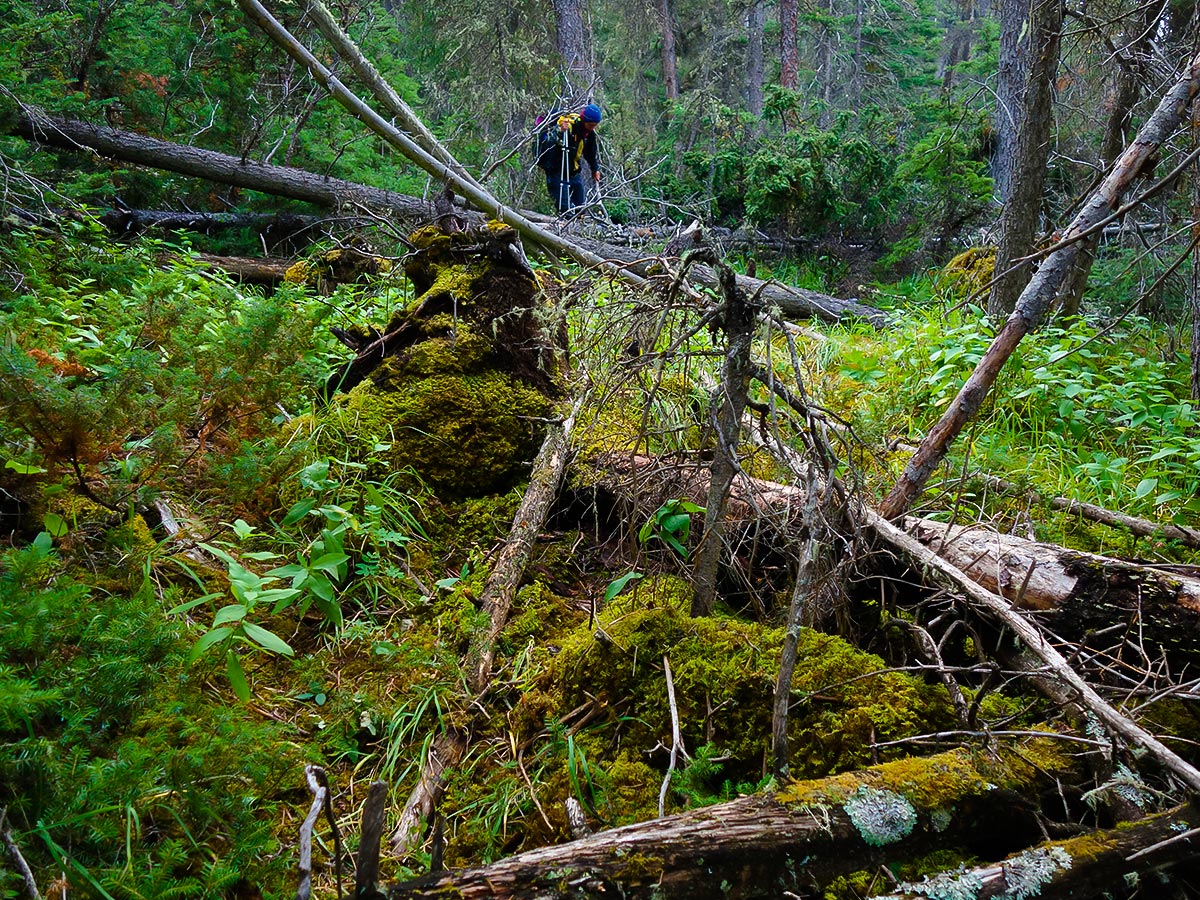
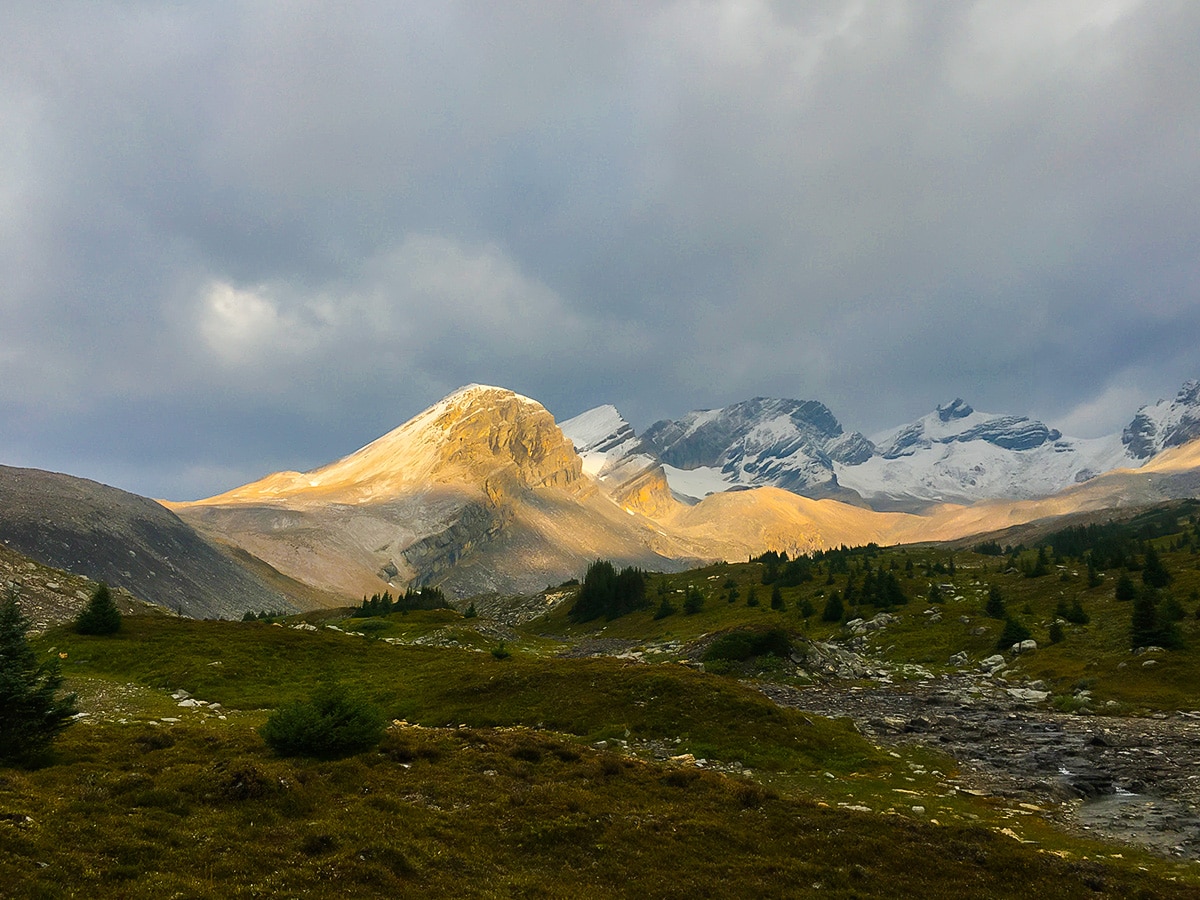
GDT vs PCT
Though the GDT and PCT are often compared together, Natascha stresses their differences. While practically all of the PCT is in good shape, the GDT, on the other hand, is far more remote and unkept. Natascha spent a lot of time trying to find the trail, hike on non-existent trails, or bushwhack her way through the wilderness.
Unlike the presence of the ever-helpful trail angels on the PCT, there were also far fewer people to come to your aid on the GDT. They frequently hiked for five days without seeing another person, and at times, any form of help was located several days of hiking away. That said, Natascha and Christian did meet some fantastic folks that became spontaneous trail angels by donating food or offering a discounted hotel rate.
Overall, Natascha reminisces on her adventures, stating that “both the GDT and PCT have taught me practical things such as how to push my limits and how to navigate nature but they also provoked a more emotional unexpected response. They taught me gratitude, humility, selflessness and an appreciation for the little things in life – whether it be a warm bed, a shower, or real food.” She concludes, “while it may sound horrendous from some of what I have said, the GDT (in a normal year) isn’t as mentally challenging as some other trails; there are stunning views almost every day that inspire you to keep going forward. It’s a challenge but it’s one well worth undertaking.”

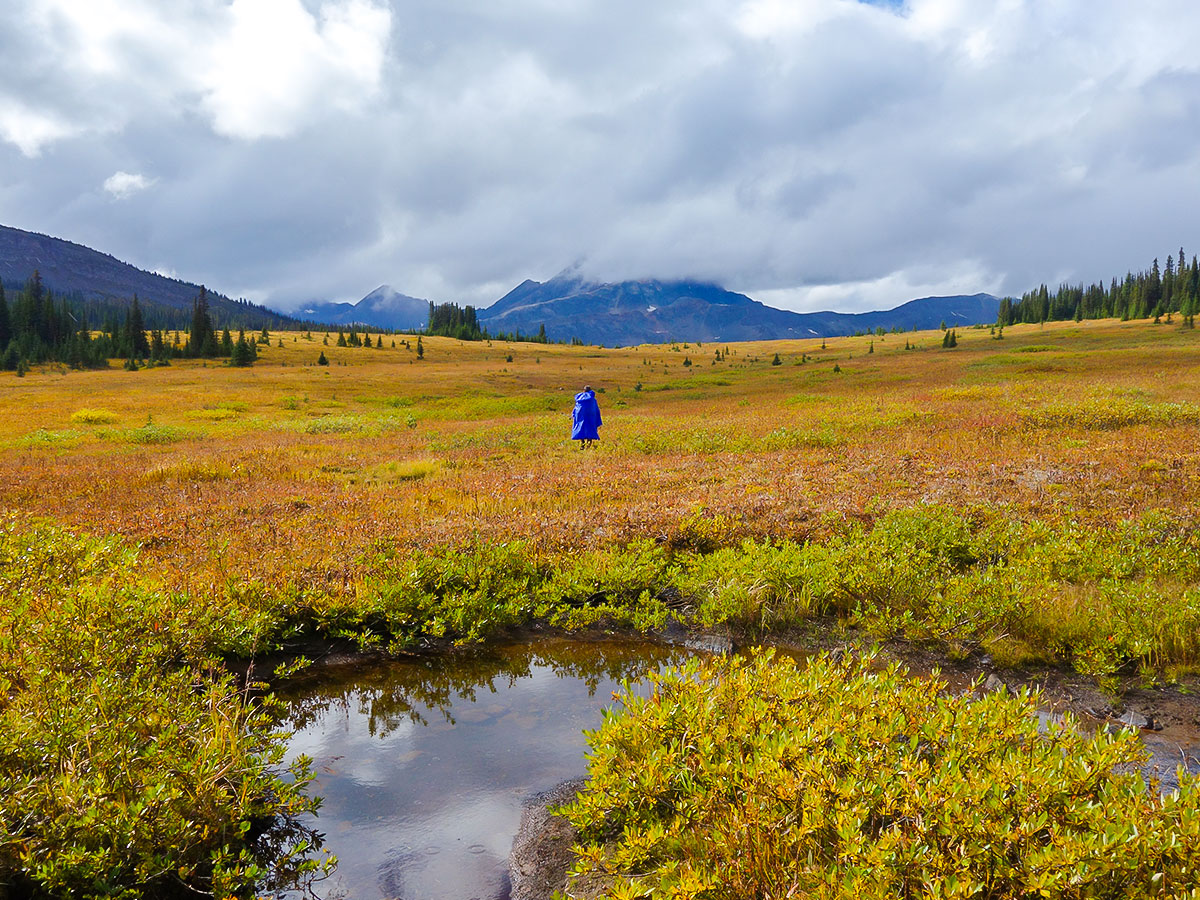
TL;DR: Key Questions answered by Natascha!
01. What’s the best memory from your thru-hike?
The best memory for me is when we arrived at the cabin at Kakwa Lake. We didn’t know if we would even be able to start the last stretch of the GDT. Necessary equipment did not arrive at our resupply station on time and it literally arrived in the last minutes. Otherwise we could not have held onto our schedule and therefore not been able to do this last stretch. Then there was that snow storm halfway through, we almost ran out of food, lost the phone we used for navigation (luckily we found it in the snow), struggled with a lot of things being frozen (water bottles, shoes, clothes, food packaging, tent stakes) and almost hypothermia.
One of the hardest things was the uncertainty in which kind of shape the trail ahead would be (and the amount of snow) and also there was always this latent fear that something would stop us from being able to move on. So we tried to only think about the next steps and not imagine all the things that could go wrong. And with this attitude it somehow worked out and we were so relieved when we arrived at the the cabin (the terminus of the GDT) on our last buffer day and with almost no food left. It was such an intense feeling of relief, accomplishment and gratitude that I will never forget.
02. What do you wish you had known before you set off? Share your wisdom with our readers!
I wish I had known how crazy the weather can become. Also I should have practiced the food hang more often in advance, because the trees weren´t always suitable and sometimes I spent too much time trying to get the bear sack onto a tree.
Another thing I would have liked to know before was that I should have planned on less mileage or more days for one stretch because route-finding and bushwhacking took up a lot more time than I thought and you can´t expect to be as fast as you are on a trail in permanently good shape.
The one thing I knew before and that is absolutely essential: always make sure that your sleeping bag and your sleeping base layers stay dry in any case, otherwise you are risking hypothermia.
03. Can you tell us more about your key gear?
- Sleeping bag: Enlightened Equipment Accomplice Quilt (Double Quilt/-17°C, 1.2kg), treated with ´DownTek´ which helps resist moisture longer and dries faster, large enough for two people and it also can be attached to your sleeping pad with straps.
- Tent: Zpacks Duplex Tent (about 600g), easy setup in less than five minutes (but not a freestanding tent), instead of tentpoles you use your trekking poles.
- Osprey Exos 58 (980g), great back system with good ventilation.
- Sleeping pad: Thermarest Neoair Xtherm</span (450g), very good insulation -> R Value 5.7, up to -22 C.
- Shoes: Altra Lone Peak 3.0 trail runners – dried fast and breathable. Replaced every 600 miles.
04. What’s your Day job? And what do you do for fun when you’re not hiking?
As of right now, I don’t actually have a day job. I just finished my degree and I will start as a pre-school teacher once I return home.
For fun? Well, usually I like to go skiing, climbing and just being outside with family and friends.
05. Where do you hike normally?
Normally I hike in the German Prealps and around Tyrol in Austria as it is very close. Especially in Tyrol there are great dayhikes and also a lot of multi-day hikes from hut to hut. Sometimes I also hike in Italy – especially the Dolomites are stunning and have very scenic trails in great shape.
My favorite hike near my home is the `Seebergspitze` on Lake Achen in Tyrol. It´s a long and scenic ridgeline hike.
06. What’s next?
I am done with long-distance hikes for a while, I think. I have really come to appreciate the simplicity of day hikes or short multi-day hikes. I don’t have to worry about the weather as much then as I know I will end up at home in a warm and dry place. The outdoors can get serious very quickly.
Next, I’d like to hike more in Europe, especially in Germany as it’s my home country and all over Austria. I just hope the weather holds up better there!
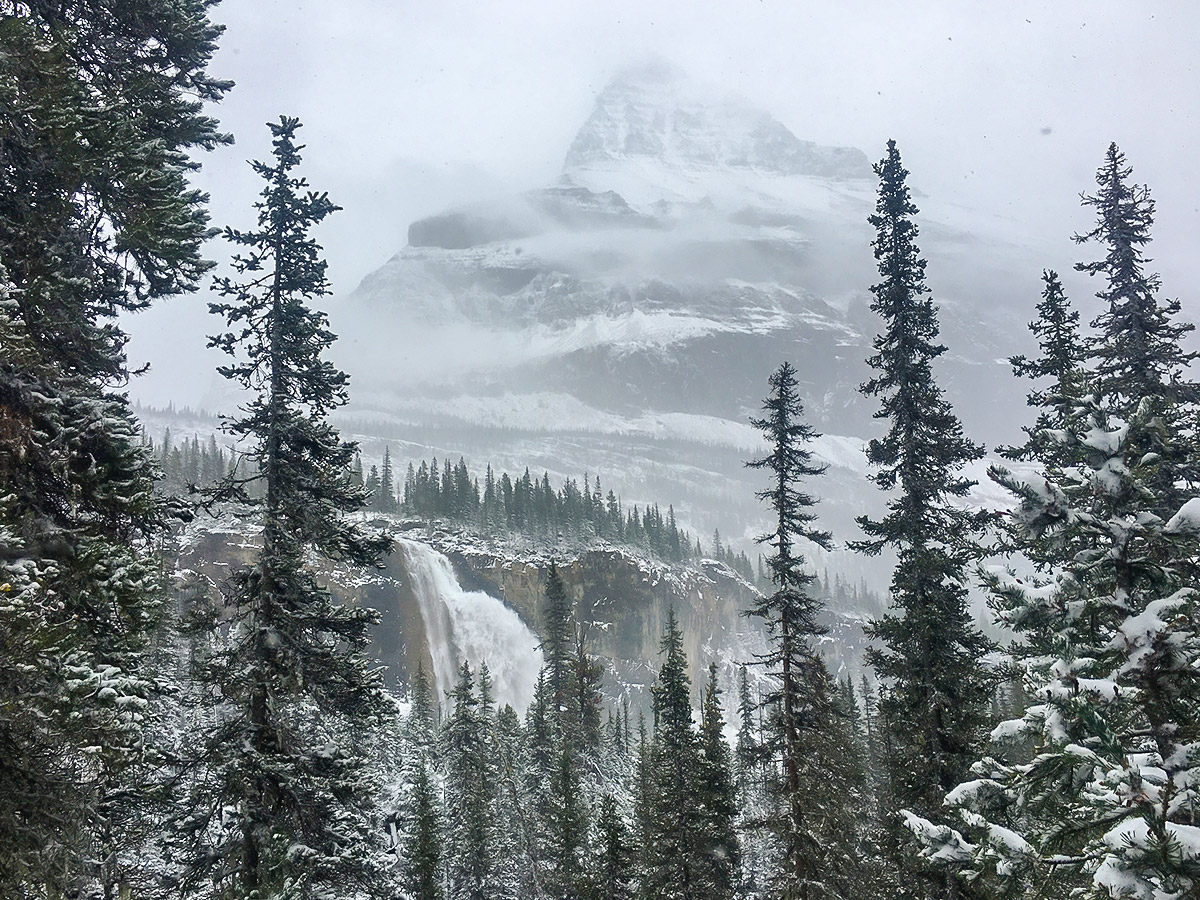



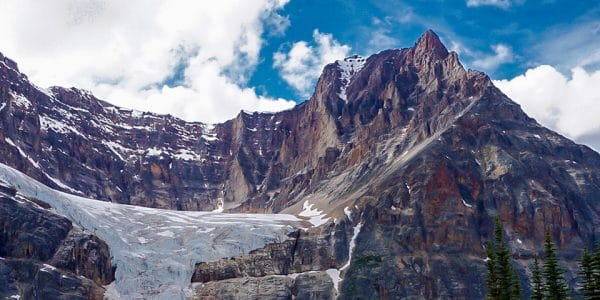
Comments
Paxton6 years ago
This story is inspirational. I need to take a summer off and do something like this. I'll need a girlfriend first :(
Reply